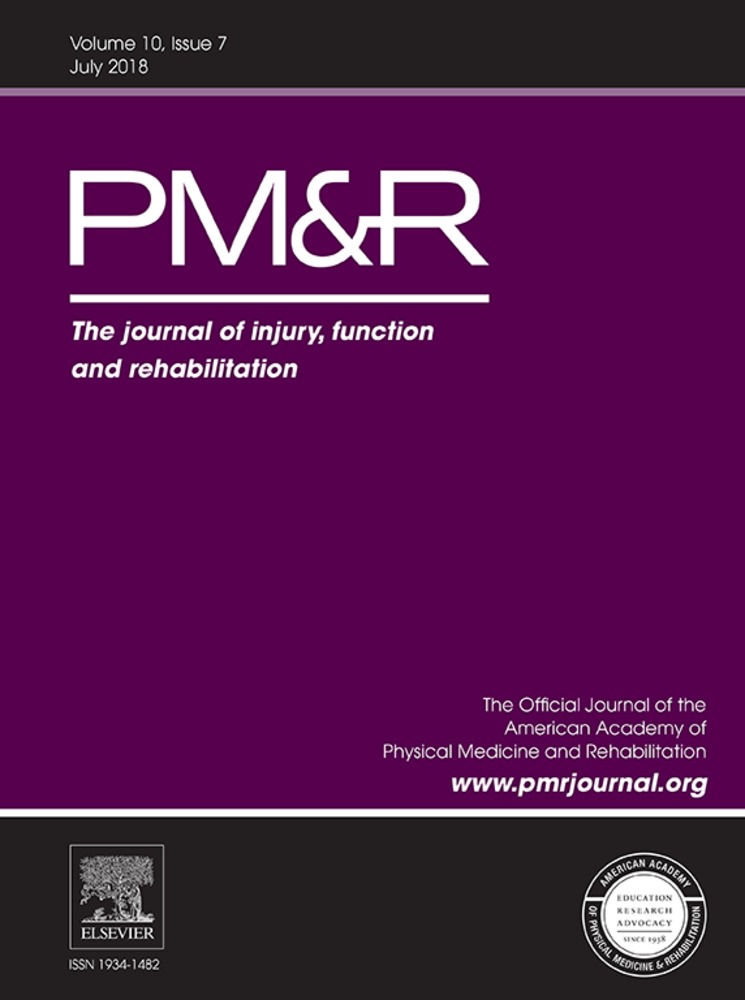The Association of Clinic-Based Mobility Tasks and Measures of Community Performance and Risk
Abstract
Introduction
Gait speed is recognized as an important predictor of adverse outcomes in older people. However, it is unknown whether other more complex mobility tasks are better predictors of such outcomes.
Objective
To examine a range of clinic-based mobility tests and determine which were most strongly associated with measures of community performance and risk (CP&R).
Design
Cross-sectional study.
Setting
Central Control Mobility and Aging Study, Westchester County, New York.
Participants
Aged ≥65 years (n = 424).
Methods
Clinic-based mobility measures included gait speed measured during normal and dual-task conditions, the Floor Maze Immediate and Delay tasks, and stair ascending and descending. CP&R measures were self-reported by the use of standardized questionnaires and classified into measures of performance (distance walked, travel outside one's home [life space], activities of daily living, and participation in cognitive leisure activities) or risk (balance confidence, fear of falling, and past falls). Linear and logistic regression were used to examine associations between the clinic-based mobility measures and CP&R measures adjusting for covariates.
Results
The mean age of the sample was 77.8 (SD 6.4) years, and 55.2% (n = 234) were female. In final models, faster normal walking speed was most strongly associated with 5 of the 7 community measures (greater distance walked, greater life space, better activities of daily living function, higher balance confidence, and less fear of falling; all P < .05). More complex tasks (walking while talking and maze immediate) were associated with cognitive leisure activity (P < .05), and ascending stairs was the only measure associated with a history of falls (P < .05).
Conclusion
Normal walking speed is a simple and inexpensive clinic-based mobility test that is associated with a wide range of CP&R measures. In addition, poorer performance ascending stairs may assist in identifying those at risk of falls. Poorer performance in more complex mobility tasks (walking while talking and maze immediate) may suggest inability to participate in cognitive leisure activities.
Level of Evidence
III




